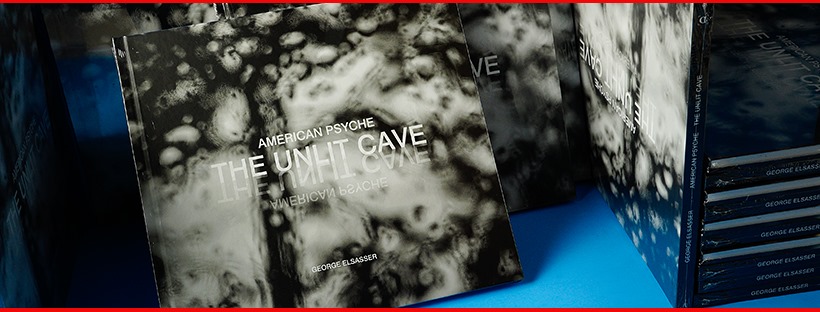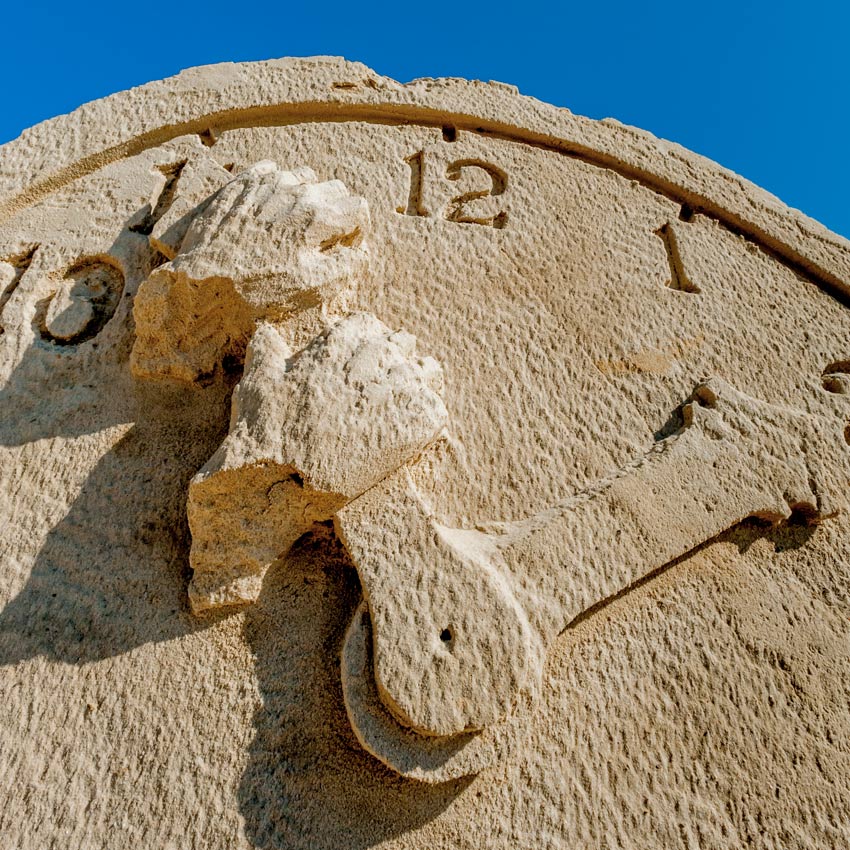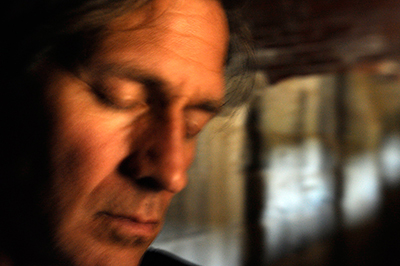The Small
Could you tell us a little about your photo-book American Psyche: The Unlit Cave?
The photographs in my book date from 2005-2019 and there are four 1999 drawings used as a story opener. Much of what we are dealing with in the U.S. now has concerned me for a long time. Some roots for the book came from my portfolios “break enter hunt gather” & “observing liberty”.
My book is about my inner journey – but also about my ongoing observations of America. It is merely coincidental or an example of synchronicity that my book was published in 2020 when the U.S. has not experienced this much turbulence since the 60s.
The book is divided into sections; Predicament, Liberty, Scar Tissue, Currents, Innersections, Interface.
Entrance, 2010 & 2010 (Predicament)
Tell us about your background and experience, your training or experience in art, your artistic influences, and your publications or awards:
I have been attracted to images, art classes and drawn pictures from a young age. I have a BA in art from Old Dominion University. I have training in most 2 dimensional art forms, but photography captured my imagination. Early on my photographic influences were Edward Weston, Minor White and Paul Caponigro. Their images attracted me because of my longstanding inclinations towards the mystical. I am drawn to Matisse, Picasso, Cezanne and expressionism both figurative and abstract. In the last 10 yrs contemporary photographers have influenced the way I think about presenting my work.
My photographs have been included in shows at the Chrysler Museum of Art and New York University (NYU). In 1997 I received a 20-year Retrospective at the Hermitage Museum, Norfolk, VA. I have taught various photography classes at The Virginia Museum of Contemporary Art (MOCA). My business credentials include both advertising and institutional photography as well as 12 years of journalistic style weddings.
Broken Lamps, 2008 (Predicament)
Could you give a short description of your inspirations?
My inspirations come from many different things; mythology, philosophy, psychology, music, cinema and painting.
Gate, 2014 (Predicament)
What are your philosophical tendencies in your art collectively?
The philosophical tendencies in my art always point to my natural inclination toward the mystical. I am interested in the unseen or even the unknowable. The synchronicity in our daily journeys makes me want to dig deeper.
Flags & Guns, 2012 (Currents)
Any advice you’d share with nascent artists?
I am not sure I have any jurisdiction on this topic; I am not in charge of the universe or its unfolding. Each journey is unique and motivations may be different.
That being said what has always worked for me is to be honest and authentic to my own journey. I allowed my voice to evolve on it’s own schedule.
Liberty’s Ideals, 2010 (Liberty)
Can you share a little concerning materials, composition, or process?
I started out in b&w with a deep love of silver gelatin prints and then upon a difficult emotional passage of time I switched to color – b&w seemed insufficient to reflect my sensations at that time.
I enjoy working in a traditional photographic approach (unmanipulated images). I still find I can push the envelope working within those boundaries. When I use Photoshop it is for traditional darkroom effects.
Full-Stop, 2008 (Currents)
Do you have contact information or links through which you might respond to expressions of appreciation or other comments by our audience members?
People can contact me at [email protected] or through my website: www.georgeelsasser.com or Instagram @georgeelsasser
Cycle, 2008, (Interface)
Links to commercial sources where your work is available for purchase:
My book is available from the publisher Daylight Books or other book sellers.
To purchase a signed copy of my book contact me directly. Currently one can purchase prints through my website.
If one wants to peek at the book’s afterword and a few images you can find that here: https://stories.daylight.co/george-elsasser-american-psyche











